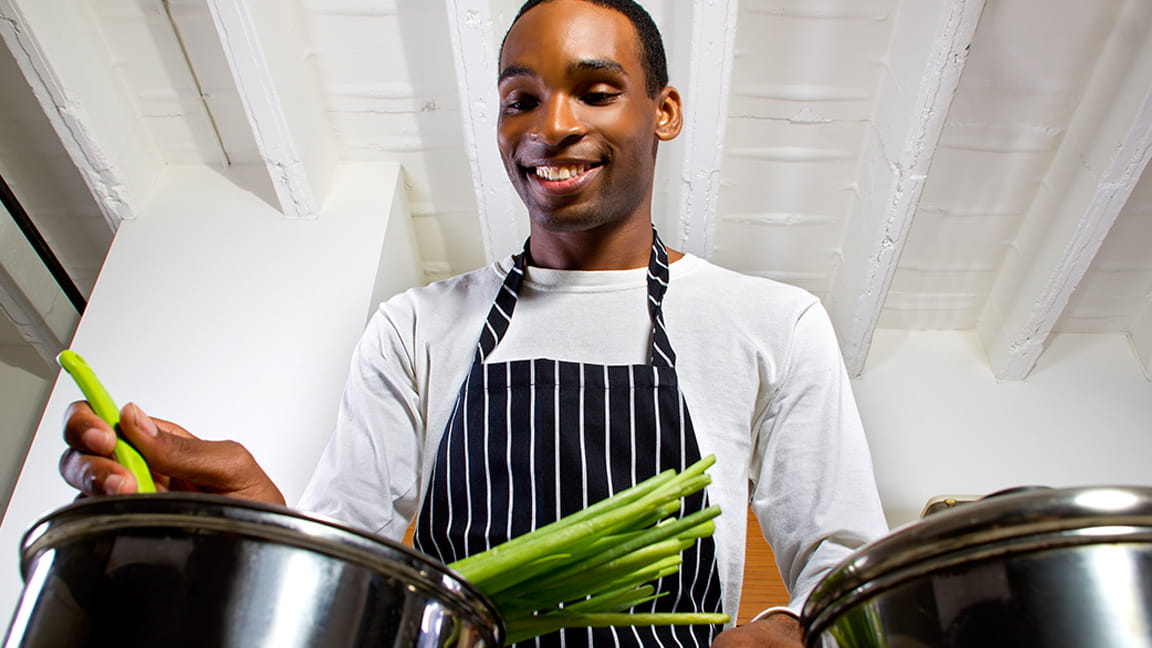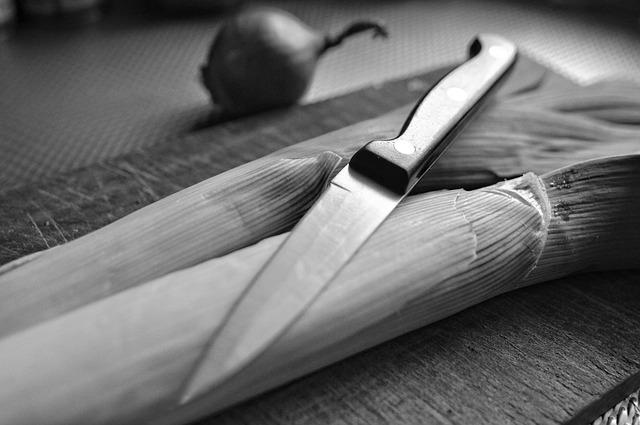
Here are some tips to help you become a better chef. First, always prepare the ingredients properly. Invest in good kitchen utensils. To avoid burning, make sure you carefully read the instructions. Last, make sure to always read all ingredients labels. These tips will help you create a well-prepared kitchen. Here are some additional cooking tips for beginners. You'll soon be an accomplished chef.
Preparation of the ingredients before you start cooking
If you are a novice chef, preparation before cooking can save you a lot of time. Depending on your time in the kitchen it may be worthwhile to only cook one or two stovetop dishes per day. Then, add some non-cooking foods. Once your kitchen is ready, you are ready to begin cooking your first dish. This is the most difficult. This could be a soup recipe or an oven. You can prepare cold meals while the rest of your meal is baking.
Proper kitchen equipment
It doesn't matter if your goal is to cook at home, or just occasionally make meals at home, you will need to have a few pieces of basic kitchen equipment. Basic cooking utensils are the most important. Because they are durable and easy to maintain, a nonstick pan is essential. For frying eggs, it is a good idea to invest in a nonstick pan. For example, a flat wooden spoon is handy for many tasks.

Avoiding burns
Burns can pose a serious danger in the kitchen. You need to be careful when using hot pots or boiling water to prevent yourself from getting burnt. Although most burns can easily be treated at home with some exceptions, others could prove to be life-threatening. These accidents can be avoided if we follow some basic guidelines. These tips can help you stay safe when cooking. You'll be a better chef for it!
Carefully read the instructions
It doesn't really matter if your are a pro chef or novice chef. Reading the recipe is vital. A good recipe should make the cooking process as simple as possible. If you read the instructions carefully, you will be able to achieve great results and stress-free cooking. These are some helpful tips for carefully reading the recipe. Here are some helpful tips for beginners chefs. If you read the recipe carefully, the results will be just as good as what the author intended.
Avoid overcrowding your pan
Cooking in a small pan can have many advantages. First, it will reduce the temperature of the pan. It will slow down the time it takes for food to brown and release its moisture. Second, food that is too full of ingredients will be bland. You can also use a spoon to get rid of any excess food in the pan. If all else fails, avoid overcrowding the pan and you'll have delicious, tender food every time.

Trust your instincts
It is a good rule to trust your gut instincts, especially when they come from your gut. These instincts do not prove to be infallible. Intuition is a skill that your right brain has developed through experience, which can lead to a suspicion of something or someone unfamiliar. It is important to balance the power and intelligence of your intuition with the linear mind. This will allow you to weigh the alternatives. Here are some methods to increase your gut instinct.
FAQ
How much does it cost for you to learn culinary arts?
You will find that the price to study culinary arts is variable. A four-year degree usually costs around $40,000. A two-year associate's program may be less expensive at $5,000. Tuition costs vary depending on which program you choose. The prices charged by private institutions are generally higher than the public.
What's the difference between a professional chef and an amateur cook?
A chef prepares food for other people. A cook prepares the food for oneself. While both jobs involve preparing food, a chef works directly with customers. This means that they may have to decide what dishes to prepare for their customers based on their preferences. A cook doesn't need to interact with clients. Instead, he or she ensures that the food tastes good before serving it to anyone.
Is it possible to be self-taught?
Yes, it is possible to be a self-taught chef! Everyone loves cooking, regardless of whether they are skilled or not. You can learn to cook by starting at home. Start small, such as making pancakes for breakfast and spaghetti sauce at dinner. Try new recipes and be open to experimentation when learning how to cook. You may even want to make a few mistakes along the way.
The time it takes to learn to cook can vary from just a few hours up to several weeks, depending upon your skill level. Remember that cooking is not about following recipes. There are many methods to prepare food.
How much does it cost to go to culinary school?
Prices for Culinary School vary depending upon where you go, what program you select, and how long you stay there. The average tuition ranges from $10,000-$30,000 per year. Most students graduate with about $20,000 in debt. There are programs that offer work-study and scholarships.
How long does it take to become chef? What Is the Average Career Path?
A chef's career takes about five years. You will learn basic cooking techniques, and get experience as a chef assistant. When you finish your training, you can apply for positions as a line cook, sous chef, or executive chef. A chef can earn between $25,000 and $60,000 annually.
Statistics
- You'll be amazed that over 90% of CIA students receive scholarships and grants to finish their culinary studies. (ischoolconnect.com)
- According to the BLS, chefs earn $58,740 a year. (learnhowtobecome.org)
- The median pay for a chef or head cook is $53,380 per year or $25.66/hour, according to the U.S. Bureau of Labor Statistics (BLS). (learnhowtobecome.org)
External Links
How To
How to make a perfect Omelette
Omelets have always been a favourite food to eat for breakfast. But how do they turn out so perfectly? Many different recipes and methods have failed to work for me. I have some tips and tricks to help you make delicious, fluffy omelets every single morning.
First, eggs can be very temperamental ingredients for making omelets. You must get them fresh, organically, and keep them cold until you cook. You must keep them cool enough to allow the whites to form properly and the yolks to become too runny if they're not kept at the right temperature. This makes your omelets look weirdly colored. If you plan to cook the eggs right away, it is best to use room temperature eggs.
Another tip is to separate each egg before adding them to the saucepan. You don't want the white to get mixed with the yolk, as this could cause the egg to curdle.
The bottom part of an egg that is added directly to the stovetop might be burned, which could cause a ruined texture in your omelet. Instead, place the egg in the microwave for 10 second before you put it in the skillet. The microwave heat cooks your egg just right, without it becoming too soft.
Let's now talk about mixing eggs. You want to mix the eggs thoroughly before you add them. You need to turn the bowl of the mixer upside down. Then, vigorously shake the bowl. This will whip the air around the bowl and mix the egg well.
The fun part is now - adding the milk to the mixture. Fold the eggs in the milk mixture by first pouring half of it into the egg whites. Don't worry if there are still streaks of egg visible; these streaks will disappear once you flip the omelet.
After you have folded the eggs, heat the oil in a pan over medium heat. Once the oil has started to sizzle, turn the heat down to low. Add 1/4 cup butter to the oil and swirl it around to coat all sides of the pan. Next, carefully open the lid and sprinkle salt into your pan. The salt will help to prevent the omelet's sticking to the pan.
Cover the pan once you have formed the omelet. Wait for the top to set. Flip the omelet upside down or with a spatula. Cook the second side for a minute or so. Serve the omelet immediately by removing it from the pan.
This recipe works best using whole milk. Skimmed milk is also possible.